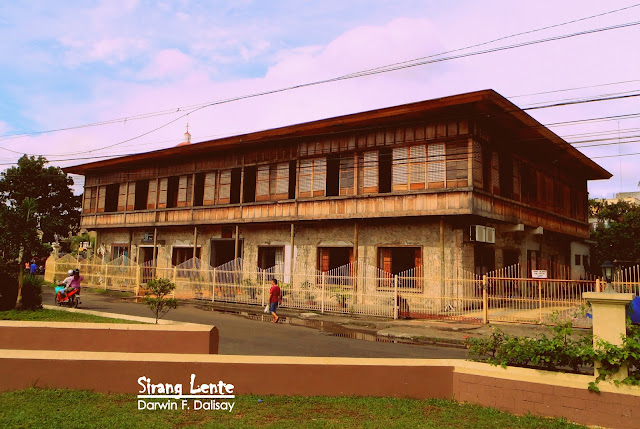
About Casa Gorordo Museum
Casa Gorordo Museum is a beautifully preserved Spanish-era house located in the Parian district of Cebu City. It showcases traditional Filipino-Spanish architecture and offers a glimpse into Cebu’s colonial past. Originally owned by the Gorordo family, it has been transformed into a cultural museum featuring furniture, artwork, and heirlooms.









